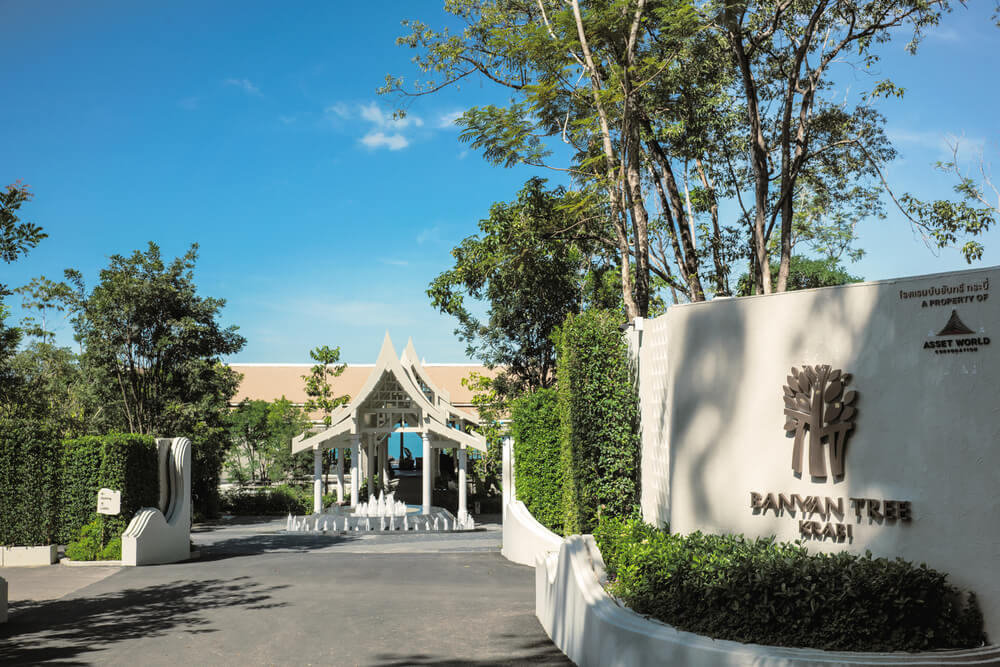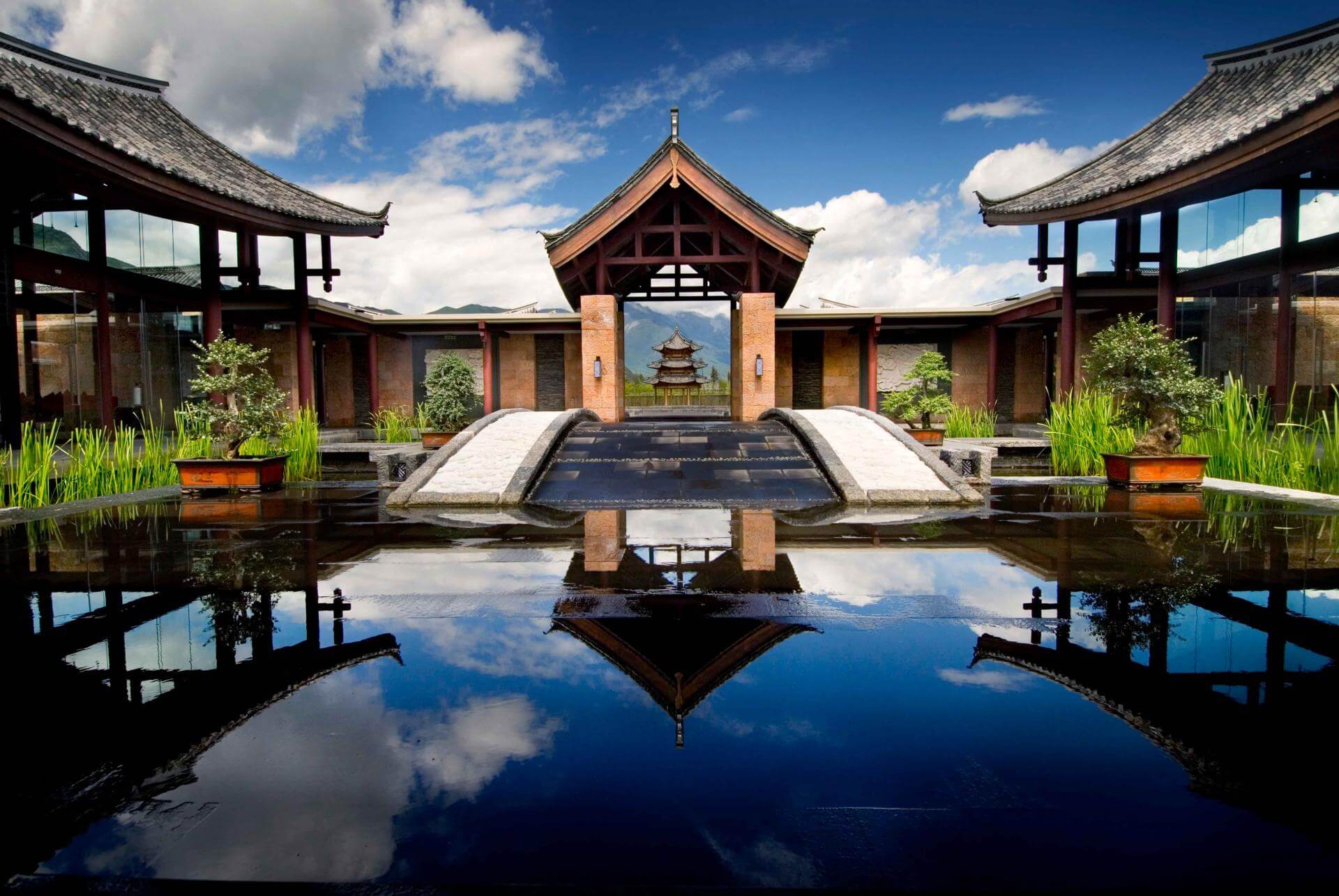Storytelling as a powerful tool in branding and marketing – Banyan Tree success story
We often talk about the importance of emotional branding, but what tools can be used to support it? And what if your business starts on contaminated land, and its founder is a former convict? This scenario may seem fictional, but today we’ll explore how storytelling helped create a luxury brand from scratch.
Understanding Storytelling
Storytelling, or the art of conveying information through narratives, is a powerful marketing technique. It involves using stories to communicate messages in an engaging, memorable, and relatable way. Stories are inherently more compelling than plain statements of fact because they evoke emotions and create connections with the audience. This technique is widely used in advertising, social media, personal and corporate blogs, and other forms of communication. By presenting information in the form of a story, businesses can make their messages more impactful, helping listeners empathize with characters, understand conflicts, and derive meaningful conclusions.

The Banyan Tree Story
To illustrate the power of storytelling, let’s delve into the journey of Banyan Tree, a renowned hotel and resort company.
The Beginning
If you’ve watched the movie “Avatar,” you probably remember the giant trees that were among the main characters of the film — the banyans. These trees symbolize resilience and beauty, qualities that the founder of the Banyan Tree hotel business embodied. After a turbulent youth, he sought to rehabilitate himself and contribute to the development of his homeland.
Overcoming Challenges
The founder acquired an extensive plot of coastal land in Phuket, Thailand, featuring lagoons of the most vivid cobalt blue color. However, the beauty of this land masked a severe problem: it had been heavily polluted by a tin mine operated by the previous tenant. Instead of abandoning the land, the company and its employees dedicated themselves to a massive cleanup effort. They worked tirelessly to decontaminate the acidified soil and planted more than 7,000 trees. By 1994, they had transformed this ecological wasteland into the first eco-friendly Banyan Tree resort.

Growth and Recognition
Since the opening of the first resort, Banyan Tree and its subsidiary holdings have developed numerous resorts, hotels, residences, and spas worldwide. Their commitment to environmental conservation and corporate social responsibility has earned them over 1,800 awards and accolades.
The Role of Storytelling in Banyan Tree’s Success
So where does storytelling come in? The story of Banyan Tree is a prime example of how storytelling can be a powerful tool in branding and marketing. Here’s how it helped Banyan Tree achieve success:
Communicating Values: Through storytelling, Banyan Tree conveys its core values in a compelling way. Instead of making bland statements like “We care about our customers,” or “We value natural resources,” the story of their founder’s journey and the transformation of the land adds depth and authenticity to these claims. It demonstrates that the company’s mission and values are lived out in their actions, not just words.
Creating Emotional Connections: A well-told story can create a strong emotional connection between the brand and its audience. In Banyan Tree’s case, the narrative of overcoming adversity and committing to environmental sustainability resonates with customers who share similar values. It makes the brand more relatable and trustworthy.

Differentiation: In a competitive market, having a unique and compelling story helps Banyan Tree stand out. The tale of transforming polluted land into a luxury eco-resort differentiates them from other hospitality brands, highlighting their unique approach and commitment to sustainability.
Building a Brand Legacy: The story of Banyan Tree’s founding and growth becomes part of the brand’s legacy. It is a narrative that can be shared and celebrated, adding to the brand’s prestige and allure over time. This legacy story is crucial for long-term brand building and maintaining a loyal customer base.
Inspiring and Motivating Employees: The story doesn’t just attract customers; it also inspires and motivates employees. Knowing the company’s history and values can foster a sense of pride and commitment among staff, leading to better service and a stronger company culture.

Conclusion
The story of Banyan Tree exemplifies how storytelling can be an essential tool in creating and maintaining a successful brand. By transforming a polluted piece of land into a luxurious eco-friendly resort, and by sharing this journey through compelling narratives, Banyan Tree has established itself as a leader in the hospitality industry. The founder’s passion for travel, discovery, and environmental care continues to be at the core of the business, reflected in their marketing and operations, proving that storytelling is not just about telling tales but about living them.
